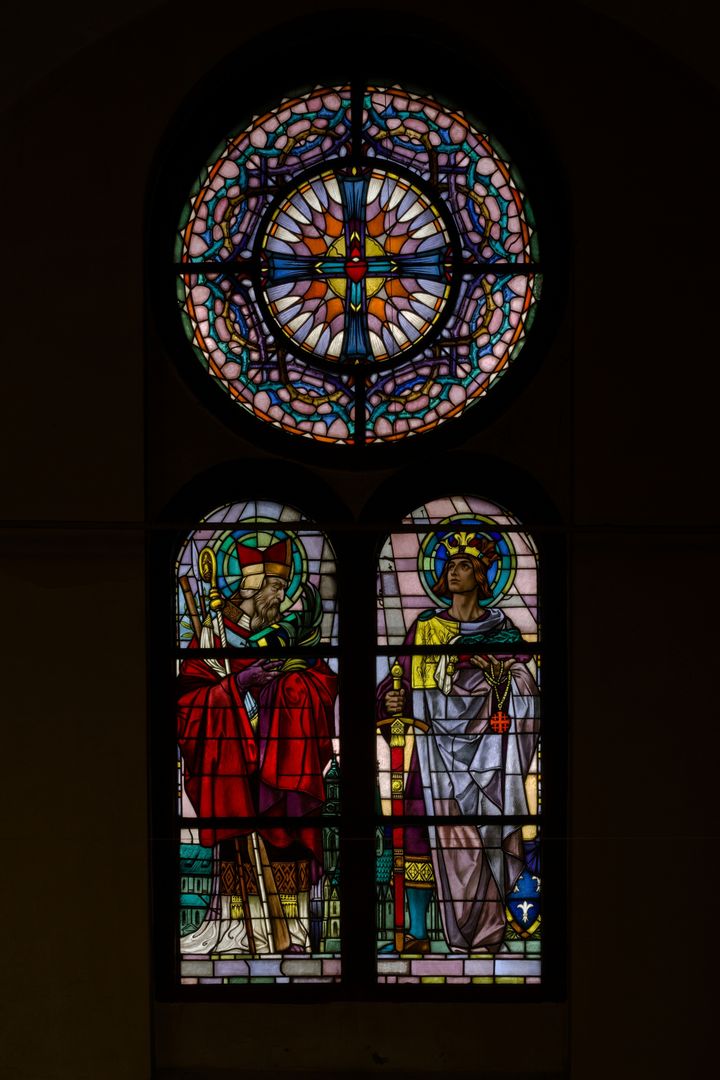Church of St. John and Paul the Martyrs in Katowice
6.59

Overview
The Church of Saints John and Paul the Martyrs is a Roman Catholic parish church located in the Dąb district of Katowice, part of the Katowice-Załęże deanery in the Archdiocese of Katowice. Its construction began in 1901, and the design by architect Ludwig Schneider reflects the Neo-Romanesque style with eclectic elements. The church was built on the site of an earlier wooden temple and consists of a single nave with a transept, housing three altars: the main altar in the presbytery with a painting of the patron saints, and two side altars depicting the Holy Family and the Mother of God. The altars and the pulpit have historical roots, as they were originally part of the older church. The walls were adorned with frescoes by painters from Wrocław, giving the interior a unique character. The residents of Dąb contributed to the beautification of the new church by donating liturgical items and stained-glass windows, notably the tower clock gifted by the village head Tomasz Kosz, and the stained-glass windows funded by the Pilch, Kracel, and Adamiec families. The church was consecrated twice: first in 1902 by Dean Father Wiktor Schmid, and again later that year on October 15 by Cardinal Georg von Kopp, who personally visited Dąb. It is also worth noting that six years after the completion of the church, in 1908, a grotto of the Mother of God was built in the porch to mark the 50th anniversary of the apparitions in Lourdes, adding to the cultural and historical significance of this temple. Thus, the Church of Saints John and Paul the Martyrs is not only a place of religious worship but also an important cultural heritage site in Dąb, reflecting local community involvement and the architectural and historical values of the region.
Location
Tickets
Powered by GetYourGuide
2025 Wizytor | All Rights Reserved